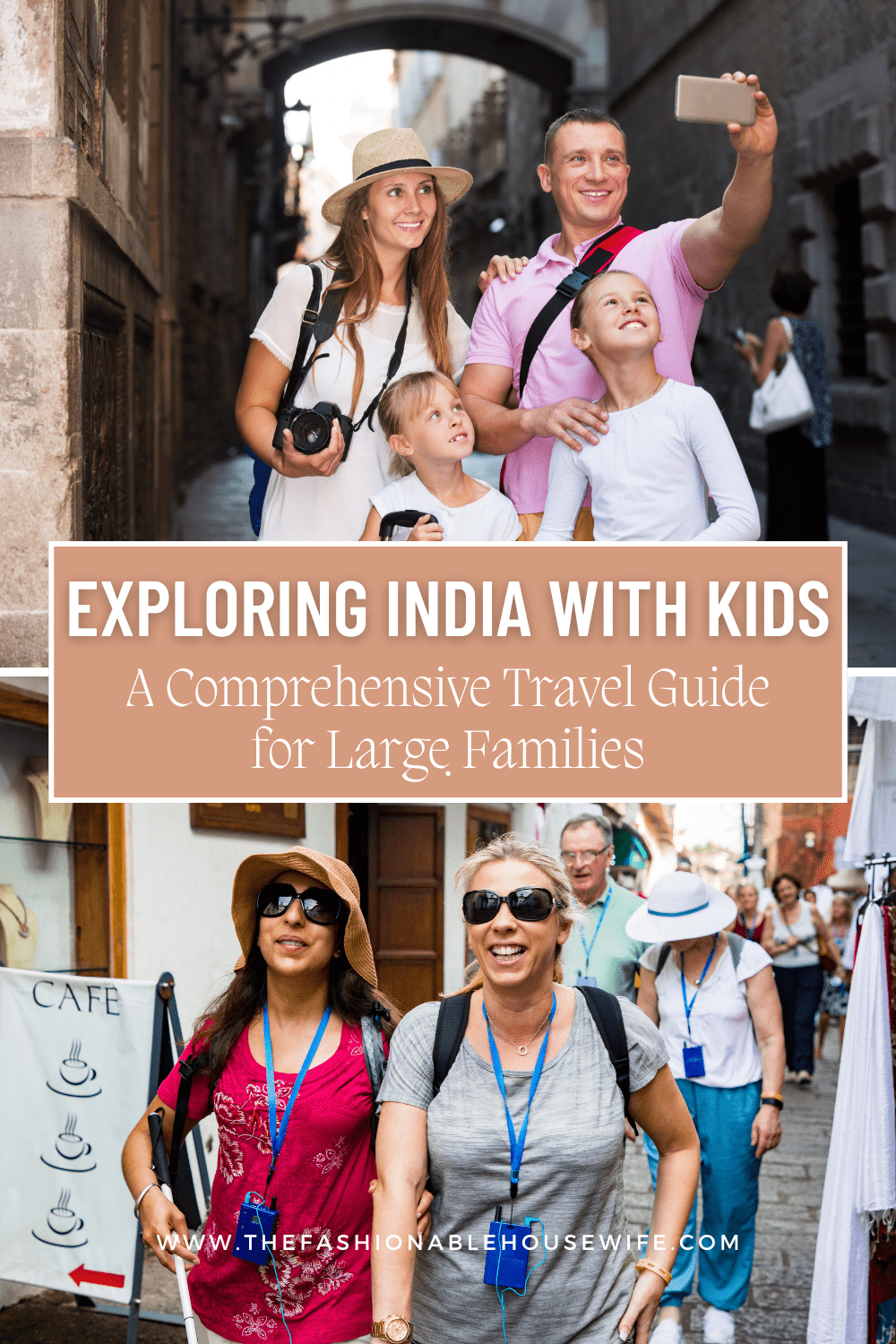Exploring India with Kids: A Comprehensive Family Travel Guide
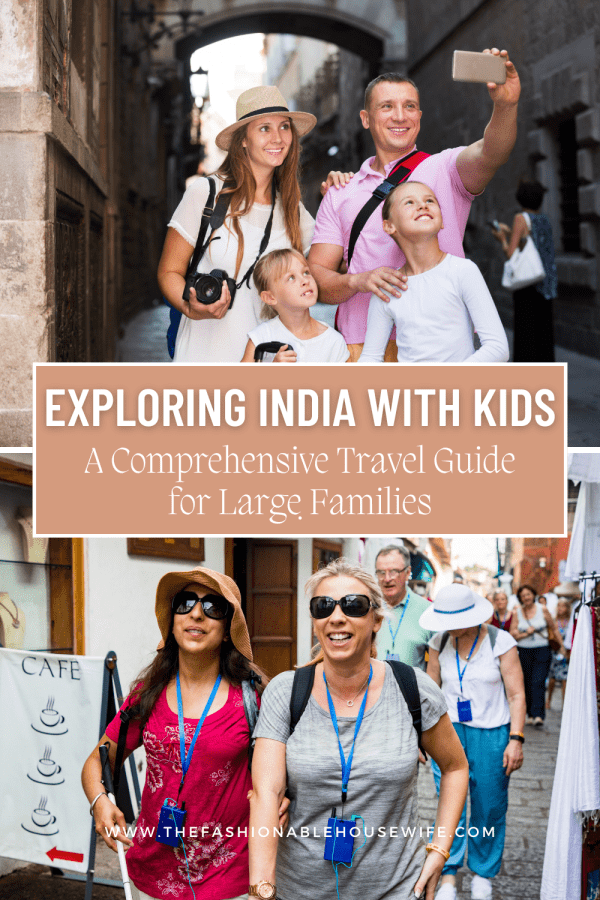
Traveling to India with kids can be a rewarding and enriching experience, filled with cultural discoveries, historical landmarks, and natural wonders. While the thought of navigating this vast and diverse country might seem daunting, with careful planning and a sense of adventure, you can ensure a memorable trip for the whole family. Here’s a detailed guide to help you plan your family adventure to India.
1. Planning Your Trip
Choosing Destinations: Selecting the right destinations is crucial for a family trip. Some of the best family-friendly places in India include:
- Golden Triangle (Delhi, Agra, Jaipur): These cities offer a mix of historical sites, vibrant markets, and comfortable amenities.
- Kerala: Known for its serene backwaters, beaches, and wildlife sanctuaries, Kerala is ideal for a relaxing family holiday.
- Goa: With its beautiful beaches and laid-back atmosphere, Goa is perfect for a beach holiday.
- Rajasthan: Explore the majestic forts and palaces in cities like Udaipur, Jodhpur, and Jaisalmer.
Best Time to Visit: The ideal time to visit India with kids is during the cooler months, from October to March. This period avoids the intense summer heat and the monsoon rains, making sightseeing more pleasant.
2. Travel Logistics
Flights and Visas:
- Flights: Book direct flights to minimize travel fatigue. Major cities like Delhi, Mumbai, Bengaluru, and Chennai have international airports with good connectivity.
- Visas: Apply for e-visas online, which are available for many nationalities and simplify the process. Ensure all family members, including children, have valid visas.
Health and Safety:
- Vaccinations: Consult your pediatrician for recommended vaccinations such as hepatitis A, typhoid, and tetanus. Malaria prophylaxis might be advised for certain regions.
- First-Aid Kit: Pack a comprehensive first-aid kit including medicines for common ailments, bandages, antiseptics, and any prescription medications your family needs.
- Travel Insurance: Purchase travel insurance that covers medical emergencies, trip cancellations, and lost belongings.
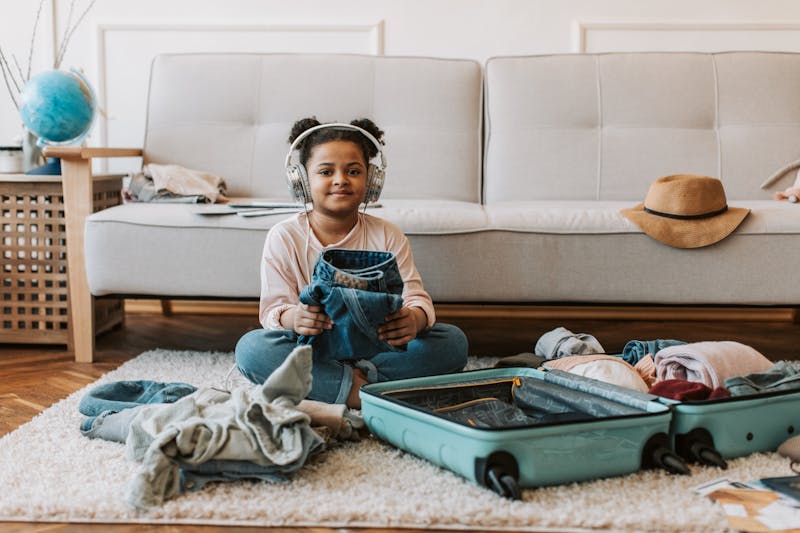
3. Packing Essentials
Clothing:
- Lightweight and Comfortable: Pack breathable, comfortable clothing suitable for the warm climate. Include hats and sunglasses for sun protection.
- Modest Attire: Ensure clothing is modest, especially for visits to religious sites.
- Layers: If visiting northern India in winter, pack some warm layers.
Comfort Items:
- Toys and Books: Bring a few favorite toys, books, or games to keep your kids entertained.
- Snacks: Pack familiar snacks for your kids. While Indian food is delicious, having some known snacks can be comforting for picky eaters.
Health and Hygiene:
- Hand Sanitizer and Wipes: Essential for maintaining hygiene on the go.
- Water Bottles: Bring refillable water bottles with built-in filters to ensure safe drinking water.
4. Accommodation
Family-Friendly Hotels:
- Features: Look for hotels that offer family rooms, interconnected rooms, or suites. Many higher-end hotels provide kids’ clubs, babysitting services, and child-friendly menus.
- Recommendations: Brands like Taj, Oberoi, and ITC often have family-friendly amenities and services.
Homestays and Heritage Hotels: Consider staying in homestays or heritage hotels for a more personalized and cultural experience. These accommodations can offer unique insights into local life and traditions.
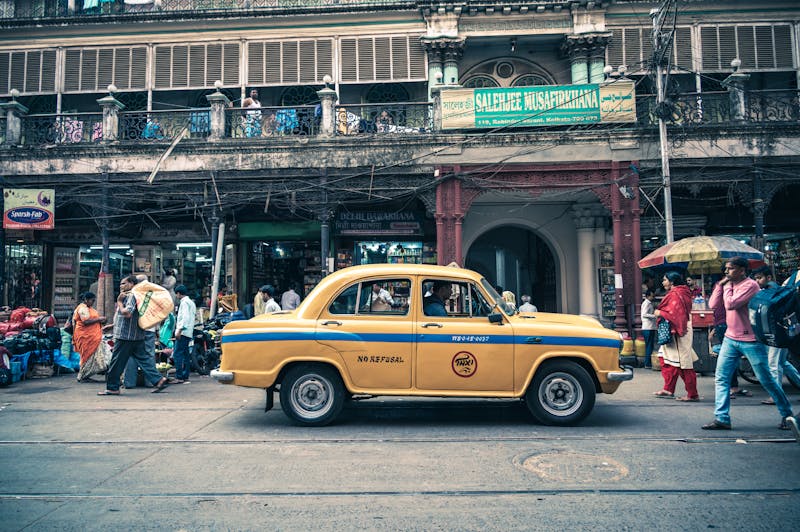
5. Transportation
Private Cars and Drivers:
- Comfort and Convenience: Hiring a private car and driver provides flexibility and comfort, allowing you to travel at your own pace and stop as needed. We would recommend choosing a Luxury India tours company like Indus Bound who are reliable and specialists for arranging kids friendly travel in the Sub continent.
- Safety: Ensure the car has seat belts and that the driver is experienced and reliable.
Trains and Flights:
- Trains: India’s extensive railway network can be an adventure in itself. Opt for first-class or AC compartments for added comfort and safety.
- Domestic Flights: For long distances, consider domestic flights to save time and avoid long journeys by road or train.
6. Activities and Attractions
Cultural Experiences:
- Historical Sites: Visit iconic landmarks like the Taj Mahal, Jaipur’s palaces, and Delhi’s forts. Many sites offer light and sound shows that can captivate children.
- Museums and Science Centers: Explore interactive museums and science centers in major cities for educational fun.
Wildlife Adventures:
- National Parks: Take safaris in national parks like Ranthambore, Kaziranga, and Periyar to see elephants, tigers, and other wildlife.
Local Activities:
- Cooking Classes: Participate in family-friendly cooking classes to learn about Indian cuisine.
- Craft Workshops: Engage in traditional craft workshops where kids can learn to make pottery, textiles, or jewelry.
Relaxation and Play:
- Beaches: Spend time on the beaches of Goa or Kerala where kids can play and swim.
- Hill Stations: Visit hill stations like Shimla or Darjeeling for cool weather and outdoor activities.
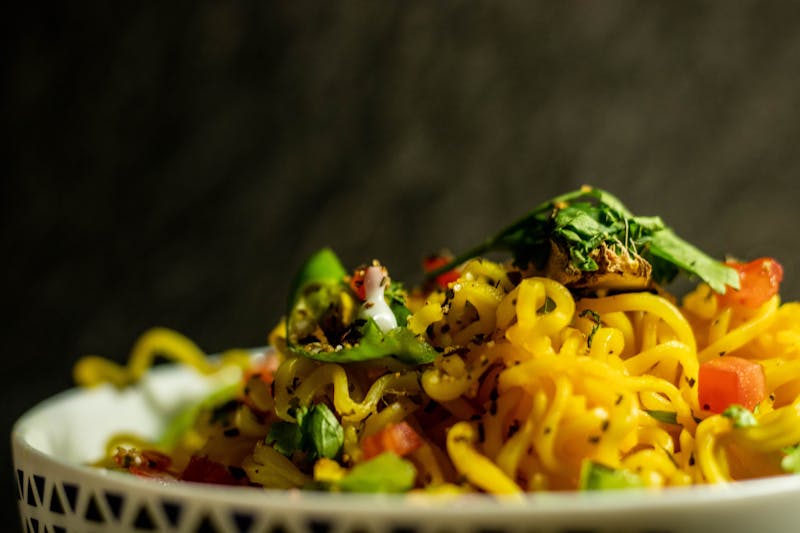
7. Food and Dining
Child-Friendly Menus:
- Milder Options: Many restaurants offer milder versions of Indian dishes suitable for children. Dishes like butter chicken, naan, and rice are usually kid-friendly.
- International Cuisine: Most tourist areas have restaurants serving international cuisine, from pasta to burgers.
Local Snacks:
- Fresh Fruit: Widely available and a healthy snack option.
- Street Food: While it’s tempting to try street food, opt for vendors recommended by locals or stick to well-cooked items to avoid stomach issues.
8. Cultural Sensitivity
Dress Code: India is a conservative country, especially in rural areas and religious sites. Dress modestly to show respect for local customs.
Respect Local Customs: Teach your children about local customs and etiquette. Simple gestures like greeting with a “Namaste” and removing shoes before entering homes or temples can go a long way.
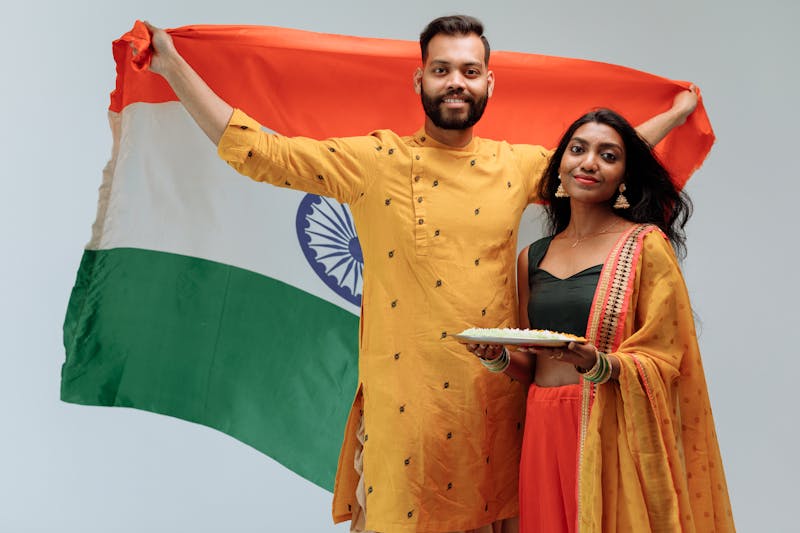
9. Engaging with Locals
Friendly Interactions: Indians are generally very welcoming and love children. Encourage your kids to interact with local children and families to learn more about the culture and make new friends.
Learning the Language: While English is widely spoken in tourist areas, learning a few basic phrases in Hindi or the local language can be helpful and endearing to locals.
10. Stay Flexible
Adaptability: While it’s good to have an itinerary, be prepared to adjust plans as needed. Kids may get tired or overwhelmed, and it’s important to allow for rest and relaxation.
Include Downtime: Ensure your schedule includes downtime. Visiting parks, playing in hotel pools, or simply relaxing in your room can help kids recharge.
Final Thoughts
Traveling to India with kids can be a profoundly enriching experience, offering a wealth of cultural, historical, and natural wonders. By planning carefully and staying flexible, you can create lasting memories and provide your children with a unique and educational adventure. Embrace the vibrant chaos, engage with the local culture, and enjoy the journey of discovering India as a family. Safe travels!

